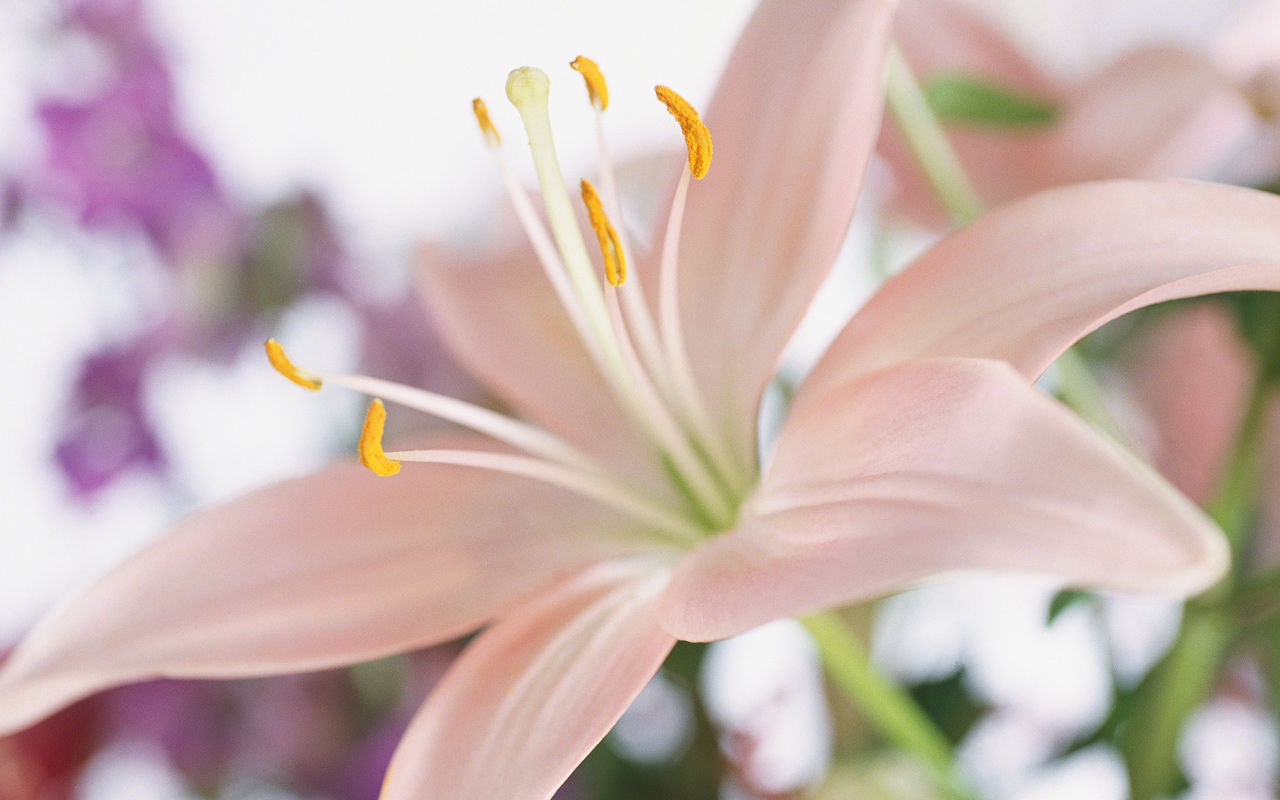
archa orchids
The new beginning...

PHALAENOPSIS
The moth orchid
The Phalaenopsis comes from hot, humid India, Malaya, Java, and other of the Pacific Islands. The Philippines are particularly rich in these beautiful orchids. The species Phalaenopsis amabilis, queen mother of today’s hybrids, has long been cultivated by the natives of these South Pacific islands, where they can still be found potted in coconut shells, attached to trees. The humidity is very high there, with an average temperature of 80 degrees. Imagine the excitement upon finding the plants blooming in nature, growing on the fine-barked trees of the island forests, rooted mid trunk or under a high cluster of leaves where they receive diffused light.
-
Temperature
Phalaenopsis comes from a tropical climate and in cultivation is considered warm-growing. The plants grow best between 60 and 90 degrees (F); for most locations this makes them an ideal indoor-growing orchid.
-
Light
Phalaenopsis like bright filtered or indirect light; direct sunlight can scorch the leaves and should be avoided. Some good locations are: in a brightly lit room out of the direct sunlight, under a large hazed skylight or in a south, east, or west window, behind a translucent curtain or louvered blinds. Watch the color of the foliage. If after a month the foliage has become a darker shade of green, it may not be receiving enough light. If it becomes much lighter, it may be getting too much light. For those with light meters, 1000 foot-candles is ideal. The best locations also provide air movement and extra humidity such as is found in a kitchen or bathroom. Also, flowering plants or plants in bud should not be placed near fruit which off-gases or in the direction of heat or A/C vents. This can cause bud drop or flowers to perish faster.
-
Water
To maintain orchids in bloom the plants should not be allowed to completely dry out, nor should they be kept constantly wet. The best method is to water plants thoroughly with good quality water until soaked through, then allow to almost dry out before watering again. Determine when to water by lifting the pot and judging by its weight; depending on how dry the orchids’ potting mix is, it will be heavy or light. Water the day before the bark is completely dry, or the pot at its lightest. We recommend sitting the pot in the sink and running copious amounts of water through it, letting it drain and perhaps waiting twenty minutes or so and running water a second time through (perhaps with fertilizer). It is important not to water too often, and never leave the plant sitting in water, as the roots are subject to rot. Most properly potted phalaenopsis do fine watered every one-to-two weeks. You may water more frequently in hot, dry weather, and less frequently in colder weather. Also, large plants in small pots dry out faster; plants overpotted or in old, decomposed bark stay wet longer (see repotting below).
-
Fertilizer
A simple, balanced fertilizer used all year around works fine. We suggest using fertilized water for three waterings, and use plain water for the fourth to clear out deposits. Add 1 teaspoon to one gallon of water of a liquid fertilizer such as Dyna-Gro 7-9-5, or 1/2 teaspoon to one gallon of water of a more concentrated fertilizer such as 20-20-20.
-
Potting
When your orchid is finished blooming, check to see if it needs repotting. Push on the potting mix with your finger; if it feels soft and mushy, or your finger breaks through, it is time to repot in new mix, to allows air and drainage around the roots. Additional signs are visibly rotten roots or a plant that feels loose in the pot. It is very easy to repot these plants. Cut off the finished flower spike at about half an inch from the base. Gently remove the plant from the pot by squeezing the pot while pulling on the plant. Then remove all the old bark and dead roots. Dead roots will be flat, hollow, mushy, and/or darker. If the plant has lost most of its roots, downsize to a 3 or 4 inch pot. Most of the time, you can use the same pot again after washing it. If the plant and its roots look too big, go up a pot size or two; careful not to overpot. Place the plant back in the pot so that it is not trying to push itself out. If necessary, cut the roots to accomplish this. Gently pour in new bark (1/2 to 3/4-inch size fir bark or other orchid potting mix) while tapping the side of the pot to help settle the bark and press bark firmly around the roots. Wait a couple days and then water.